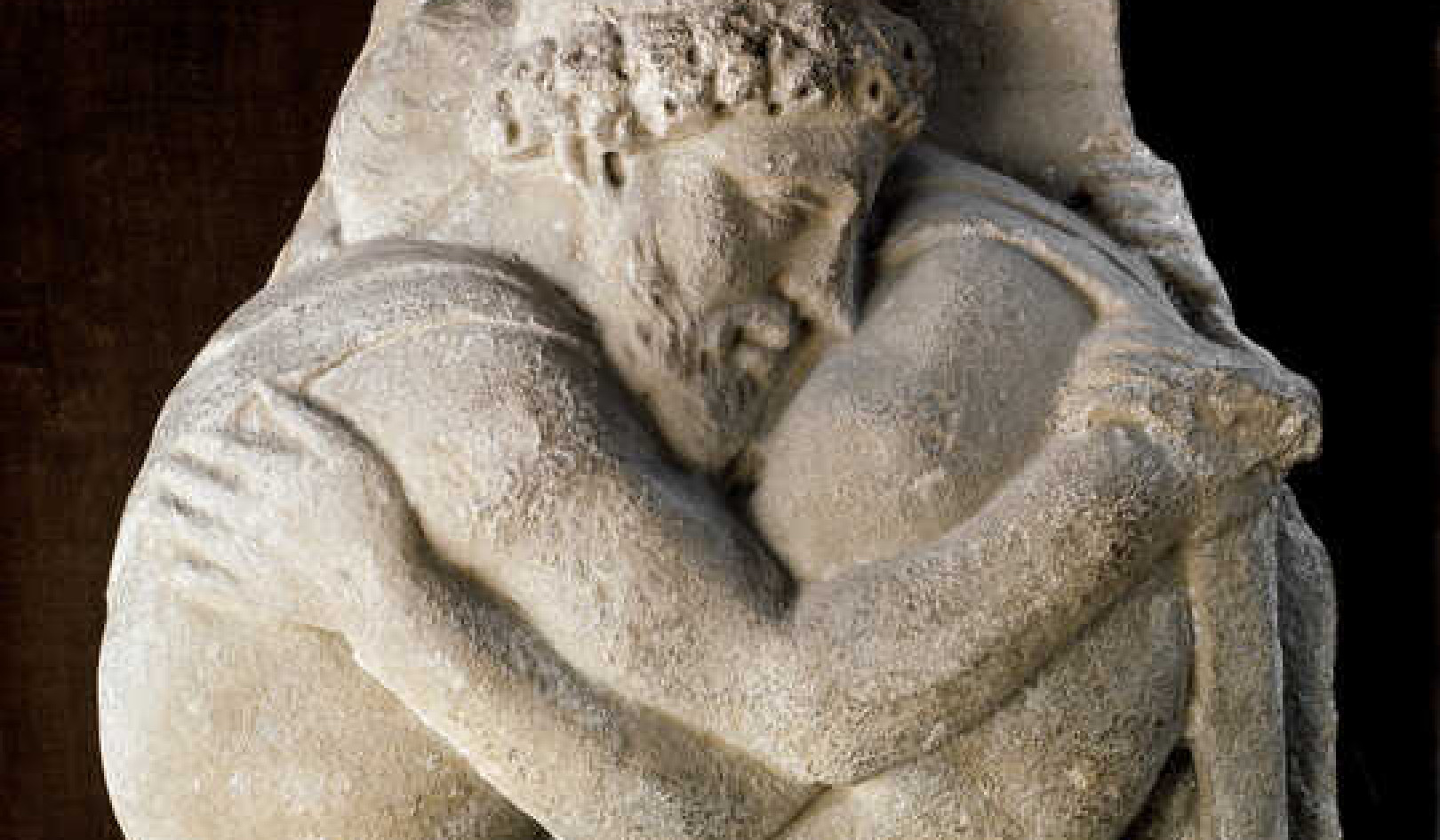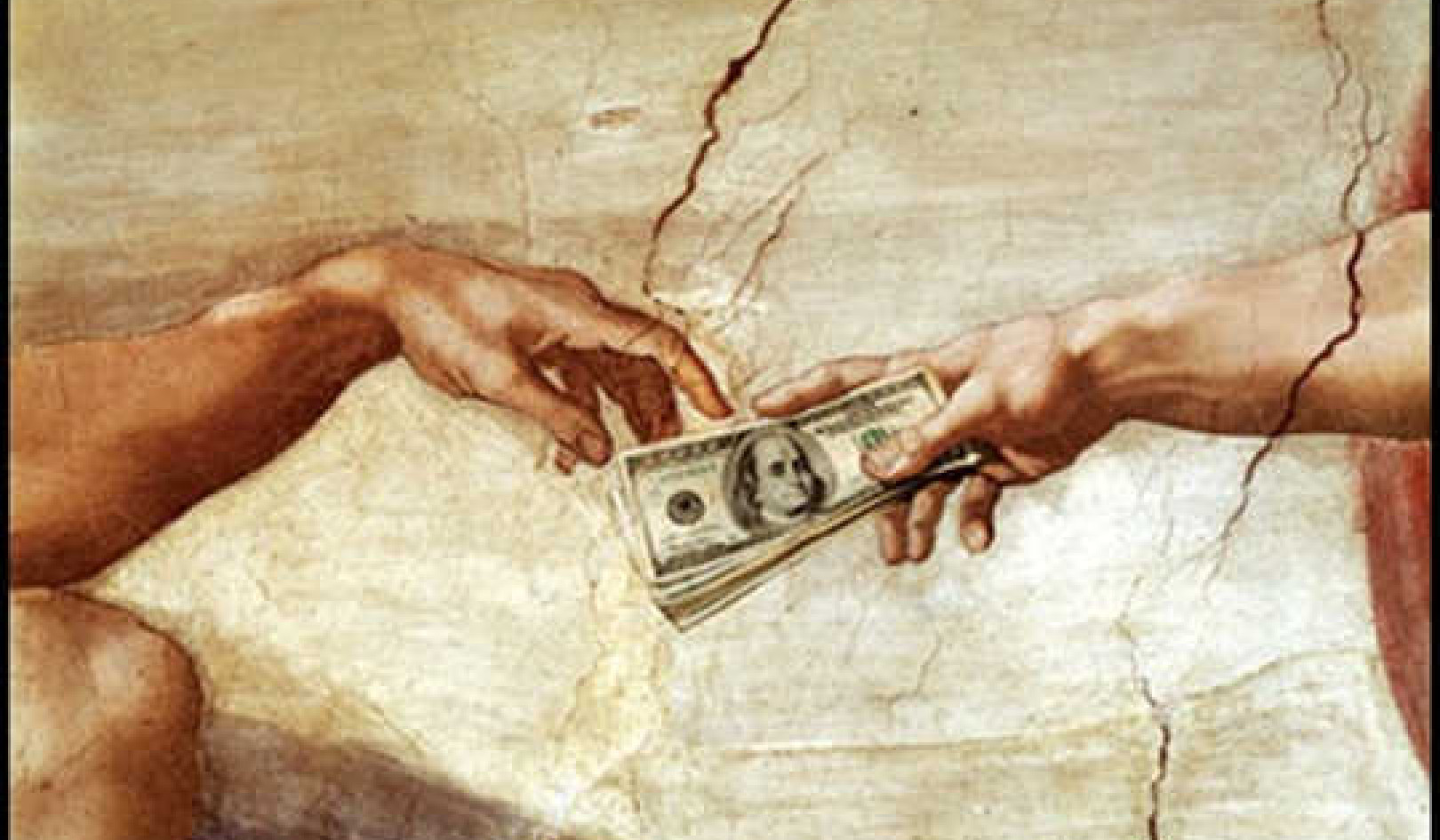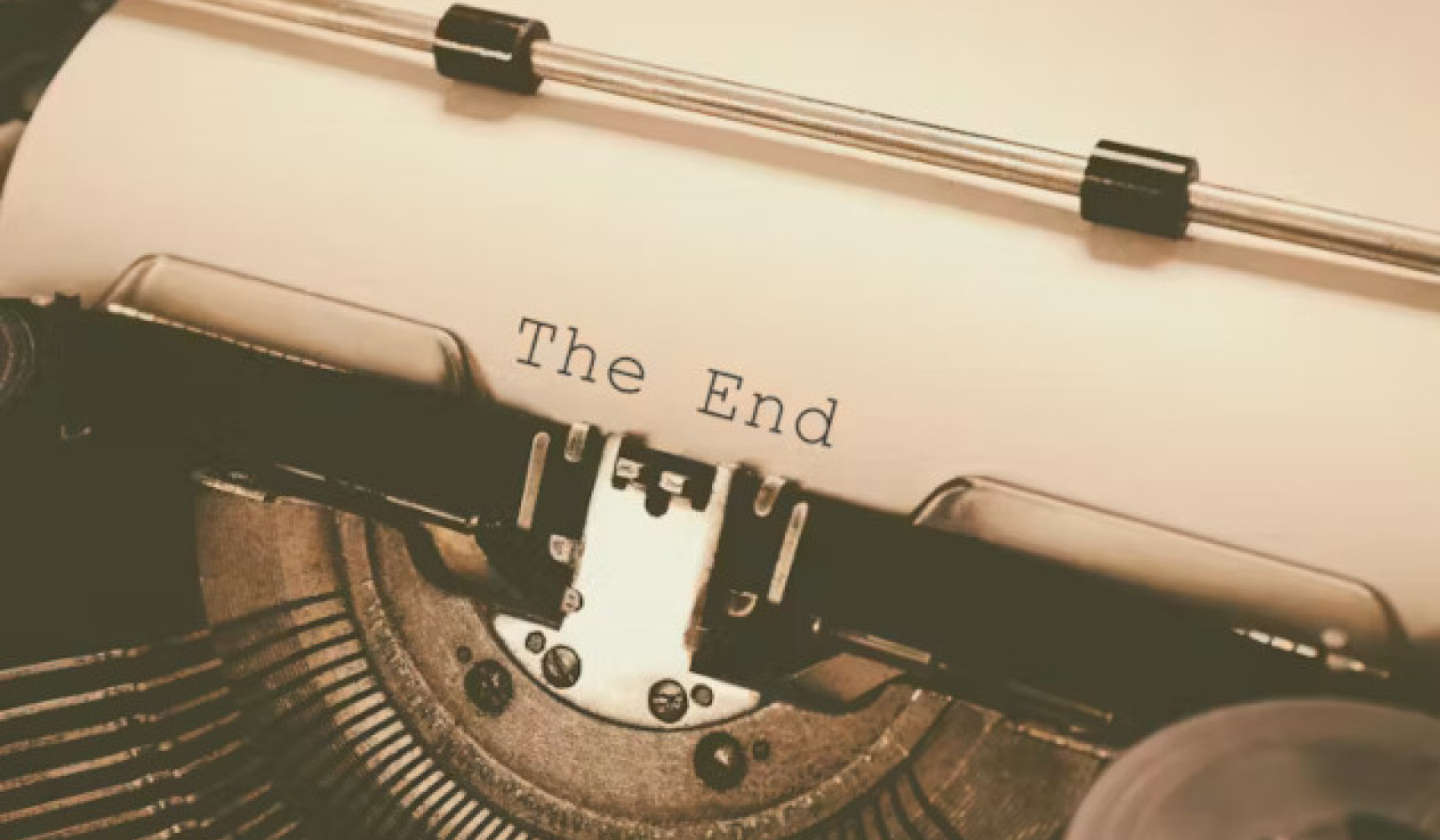
Snow White and other stories from Grimms’ Fairy Tales offer examples of abusive “childism” in children’s literature. Wikamedia Commons, CC BY-SA
For centuries, most children’s books reinforced messages that children are unimportant, incompetent and powerless. Children need to shape up and adopt adults’ values. Children must change to fit into an adult world.
Today, it’s easy recognize these books as “childist.”
Fortunately more and more children’s books today provide a different set of messages — empowering ones. If you support, respect, encourage and even admire children, then you’ll want to give them books that help them thrive and meet their full potential. In other words, you’ll want to choose “child-centered” books instead of “childist” ones.
Lack of respect
Childism is prejudice against children. The concept of childism has been most fully developed by the psychoanalyst Elizabeth Young-Bruehl, who defines it as the belief that, based on their age, children as a category are less valuable and less capable than adults. This prejudice, resting on the assumption that adults and their needs are unquestionably superior to children and their needs, is widespread and damaging. It’s the root of all forms of child abuse.
But Young-Bruehl also points out that childism is much more subtle than outright abuse. It is engrained in our attitudes — often on a subconscious level. You can believe that you “love kids” while perpetuating (non-abusive) childist actions. Childism happens when we refuse to acknowledge children’s right to voice their opinions on matters that affect them. It happens when we fail to respect the validity of their daily and developmental realities. It happens when we compare them to animals.
As Young-Bruehl explains, childism comprises: “The prevailing images or stereotypes of children that individual adults and societies use to rationalize their feelings towards them.”
Knowing this, it becomes more clear how children’s books can be childist. They are a vast repository of images and stereotypes captured in print. Because they are distributed to children, they can perpetuate childism by priming even the youngest readers to take for granted a social hierarchy where adults hold all the power.
In fact, one of the bestselling picture books of all time, the contemporary classic Guess How Much I Love You spins on childism. The story validates Big Nutbrown Hare’s superiority by consistently showing him as bigger, stronger and smarter than Little Nutbrown Hare.
Unlike many contemporary picture books, there is no surprise reversal at the end of the story that reveals the child’s power and value. Instead, Big is granted the last word. Readers are left with nothing but confirmation that Little should internalize his inferior status.
Shattering the hierarchy
But there’s good news. Children’s books also have the power to counter childism. Fictional representations of child and adult characters can encourage readers to accept existing social structures, which privilege adults, or they can question or even shatter this hierarchy.
A few scholars of children’s literature have examined the most severe forms of abusive childism in stories for middle grade readers. These include the Grimms’ Fairy Tales, which the American academic Jack Zipes has described as revealing the ambivalence of parents towards their children, including a desire to abandon them and feelings of shame when they abuse them.
We also need to be aware of the potential for more subtle childism in any children’s book. This is especially important in the case of picture books for very young children, as these works of print media provide children with some of their earliest examples of social structures. For better or for worse, picture books do influence how children view and value themselves and others.
In my own work, I have suggested that using the United Nations Convention on the Rights of the Child as a lens for discussing children’s empowerment (or lack thereof) is one way for academics to become more aware of childism in children’s literature.
But for the rest of us at home, it needn’t be so complicated when we choose books for the young children in our lives.
Your picture book library
Parents and teachers can easily assess how child-centered a picture book is with a series of simple questions. You can ask whether the book proceeds from a child-centered foundation that acknowledges children’s uniqueness, competence and curiosity.
Does the picture book challenge child readers through its format, content and rich language? Does it invite active involvement and problem solving from the reader?
You can also consider the literary constructions at play by looking at how child characters are portrayed. To do so, ask whether the book provides representations of children that:
- Acknowledge children’s competence.
- Value children’s contributions to their families and communities.
- Position children and adults as allies in collaborative, mutually beneficial relationships.
- Validate children’s experiences as meaningful and valuable.
- Give voice to children’s authentic values and concerns.
Few picture books tick all these boxes. Many contain both childist and child-centered qualities. In general, though, a child-centered picture book empowers child readers through its foundation of respect for children. Instead of prescribing what children should be like, child-centered picture books confirm that children are valuable members of society right now, just as they are.
Six illustrated favourites
Here are some of my favourite child-centered picture books from Canadian publishers:
Are You an Echo
Written by Misuzu Kaneko. Illustrated by Toshikado Hajiri. Translated by David Jacobson, Sally Ito and Michiko Tsuboi. (2016, Chin Music Press.)
Are You an Echo incorporates poetry into its narrative to show that children are capable of thinking deeply and philosophically.
Little You
Written by Richard Van Camp. Illustrated by: Julie Flett. (2013, Orca Book Publishers.)
Little You bestows respect, value and validation on all children. In this book, worth is offered to children simply for being “you”.
The Quiet Book
Written by Deborah Underwood. Illustrated by Renata Liwska. (2010, Houghton Mifflin.)
This book acknowledges that children are sensitive to life’s subtleties and fully capable of quiet introspection.
Noisy Poems for a Busy Day
Written by Robert Heidbreder. Illustrated by Lori Joy Smith. (2012, Kids Can Press.)
Noisy Poems for a Busy Day uses delightful language and poetry to validate children’s daily realities from dawn through dusk.
The Man with the Violin
Written by Kathy Stinson. Illustrated by Dušan Petri?i?. (2013, Annick Press.)
The Man with the Violin celebrates children’s value systems, which privilege creativity over rigidly time-bound schedules.
Morris Micklewhite and the Tangerine Dress
Written by Christine Baldacchino. Illustrated by Isabelle Malenfant. (2014, Anansi Press.)
This book promises that uniqueness is a gift and celebrates a child whose difference initially alienates his friends.
About The Author
Michelle Superle, Assistant Professor, University of The Fraser Valley
This article was originally published on The Conversation. Read the original article.
Books by this Author:
at
Books Recommended by the Author:
at

Thanks for visiting InnerSelf.com, where there are 20,000+ life-altering articles promoting "New Attitudes and New Possibilities." All articles are translated into 30+ languages. Subscribe to InnerSelf Magazine, published weekly, and Marie T Russell's Daily Inspiration. InnerSelf Magazine has been published since 1985.

Thanks for visiting InnerSelf.com, where there are 20,000+ life-altering articles promoting "New Attitudes and New Possibilities." All articles are translated into 30+ languages. Subscribe to InnerSelf Magazine, published weekly, and Marie T Russell's Daily Inspiration. InnerSelf Magazine has been published since 1985.
























